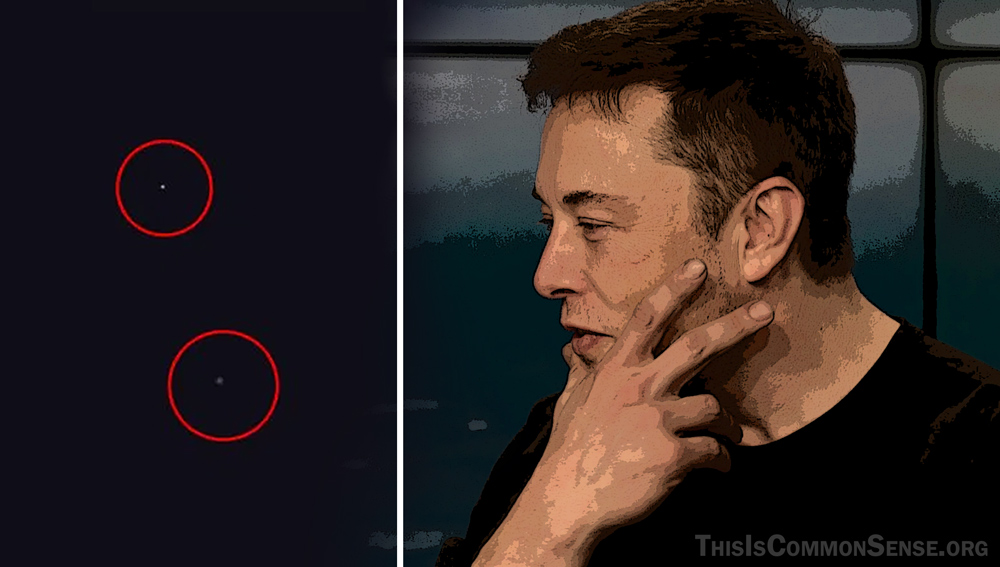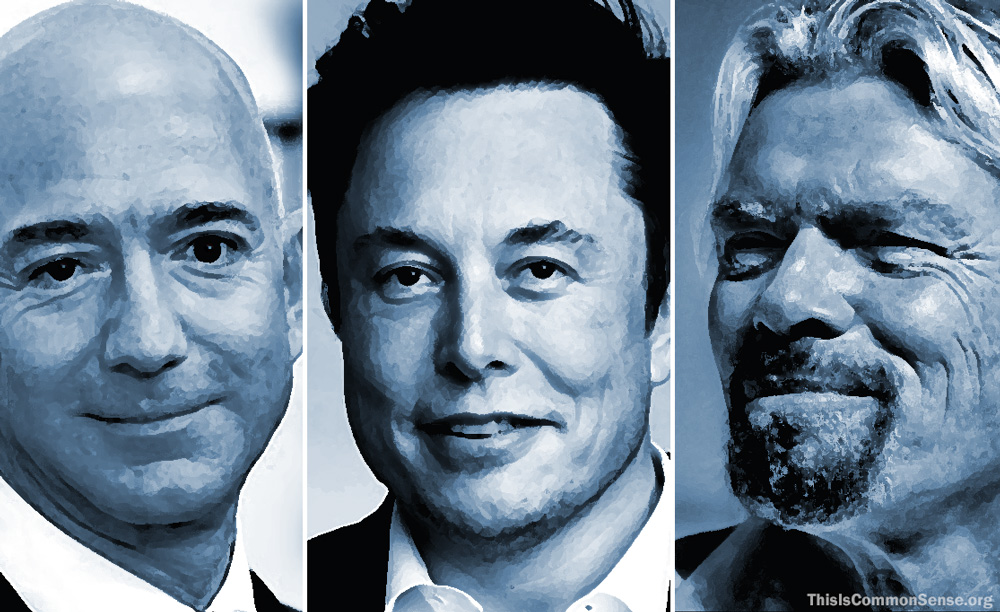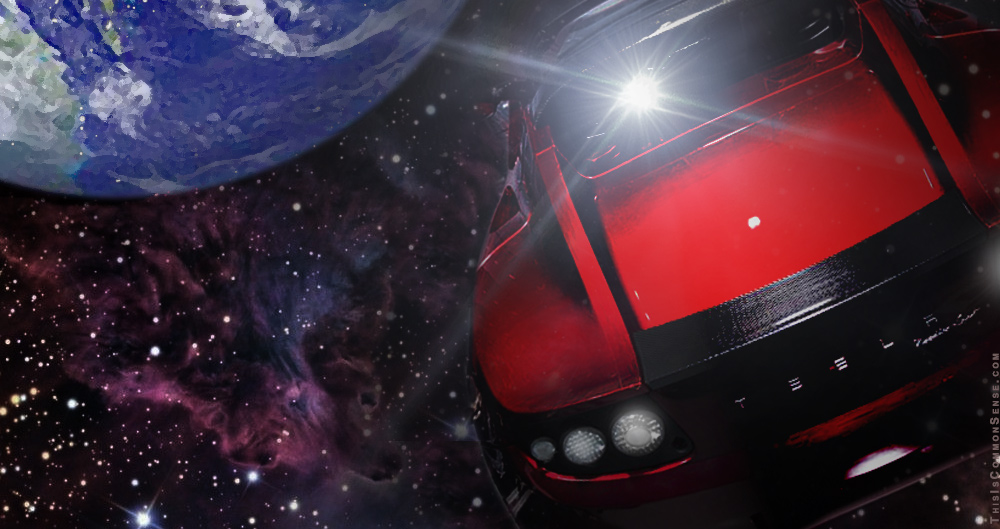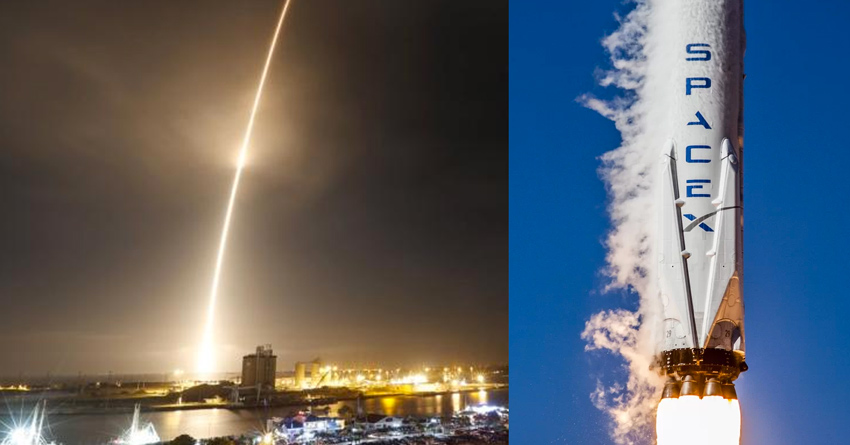Twitter’s policy of spasmodically censoring tweets and banning accounts, often without pausing to ponder what they are doing, has had at least one baleful effect in Ukraine.
Last Wednesday, Twitter said it had “erred when it deleted about a dozen accounts that were posting information about Russian troop movements.” Obviously, the Russian invaders already know about their own troop movements. Losing this info could only hurt the people in Ukraine trying to defend themselves or run for their lives.
Innocent error? Anyway, Twitter said, in effect, “Our bad” and that it was now “proactively reinstating” affected accounts.
On the plus side, though, Ukraine official Mykhailo Federov was able to use Twitter to ask Elon Musk for help when the Russian assault knocked out the Internet in parts of the country.
“@elonmusk, while you try to colonize Mars,” Federov tweeted, “Russia try to occupy Ukraine! While your rockets successfully land from space — Russian rockets attack Ukrainian civil people! We ask you to provide Ukraine with Starlink stations. . . .”
That’s one way to get around the secretary barrier. And it worked.
“Starlink service is now active in Ukraine. More terminals en route,” was Musk’s tweet-response last Saturday.
Starlink satellites provides Internet access from space. No cables or optic fiber needed. Nothing for saboteurs to snip.
Good thinking, Mr. Federov. Thank you for the unreliably available platform, Twitter. Thank you, Elon Musk, for answering Ukraine’s cry for help and doing so as swiftly as possible.
This is Common Sense. I’m Paul Jacob.
—
See all recent commentary
(simplified and organized)







